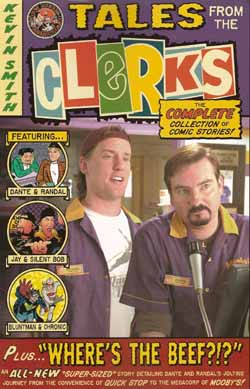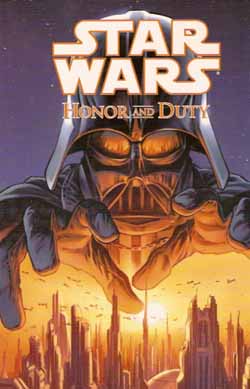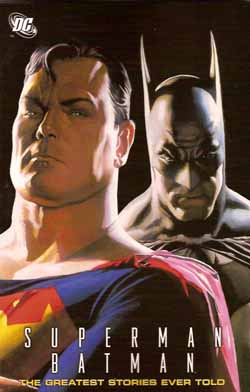 Â
Â
By various
(DC Comics)Â ISBN 1-84576-433-1
This most inevitable of hero pairings first occurred on the Superman radio show in the 1940s, but for picture purposes that event happened in the pages of Superman’s own bi-monthly comic (issue #76, May/June 1952). Pulp science fiction writer Edmond Hamilton had the task of revealing how the Man of Steel and the Caped Crusader first met and accidentally discovered each other’s identities whilst sharing a cabin on an over-booked cruise liner. Although an average crime-stopper yarn in itself, it was the start of a phenomenon. The art for The Mightiest Team in the World was by the superb Curt Swan, with inking by John Fischetti.
As comic book page counts dwindled, World’s Finest Comics, which had featured solo adventures of the heroes, simply combined the two in one story per issue. Many were illustrated by the legendary and unique Dick Sprang. One particularly fine example is Superman and Batman’s Greatest Foes from World’s Finest Comics #88 (1957), with Hamilton again scripting and Stan Kaye inking a team-up of Lex Luthor and the Joker. The Composite Superman (WFC #142, 1964) and the The Cape and Cowl Crooks (WFC #159, 1966) both came courtesy of Hamilton, Swan and George Klein, and dealt with foes with far mightier powers than our heroes – a major concern for young readers of the times. To this day whenever fans gather the cry eventually echoes out, “Who’s stronger/faster/better dressed…?”
1968 brought radical changes to DC, and edgier stories of the Boy Scout heroes began to appear. From World’s Finest Comics #176, comes The Superman-Batman Split by Cary Bates and the iconoclastic Neal Adams. Ostensibly just another alien mystery story, this twisty little gem has a surprise ending for all and a guest stars Supergirl and Batgirl.
A Matter of Light and Death (WFC #207, 1971) is a fine action-mystery romp by Len Wein, Dick Dillin and Joe Giella, and the last of this volume’s tales to feature the long-standing partnership in its traditional form. After the Crisis on Infinite Earths series rewrote the DC universe in 1985, everything was shaken up and the retooling of Superman by John Byrne the following year in the Man of Steel miniseries re-examined all the Caped Kryptonian’s close relationships in a darker, more cynical light. From the third issue comes a new first meeting with Batman in One Night in Gotham City, written and drawn by Byrne, inked by Dick Giordano.
The venerated title “World’s Finest†has resurfaced a number of times since its cancellation during the 1980s. In 2000 a twelve issue maxi-series re-interpreted the growing friendship of the two characters. A Better World (Superman & Batman: World’s Finest #7) by Karl Kesel, Peter Doherty and Robert Campanella is an introspective and very human discourse of motivation and achievement from the pair. This is followed by a magnificent two-pager from Jeph Loeb and Tim Sale first seen in Superman/Batman Secret Files 2003. When Clark Met Bruce posits a road not taken with telling force and subtle wonder.
We come full circle with a retelling of The Mightiest Team in the World from Joe Kelly and a veritable army of artists (Ed McGuinness, Ryan Ottley, Sean Murphy, Carlo Barberi, Dexter Vines, Cliff Rathburn, Don Hillsman II, Bob Petracca, Andy Owens and Rodney Ramos – if you’re keeping score). Originally published in Superman/Batman Annual #1 (2006), Stop Me If You’ve Heard This One… is a retelling of that landmark tale in a thoroughly modern context, with super-villains replacing gangsters, and heavily slanted towards an audience accustomed to action/comedy movie blockbusters, which ends this volume on a very frenetic high note.
These ‘Greatest Stories’ volumes are a smart outreach idea for an industry desperately in need of new and returning consumers. If you accept the premise that everybody has read comics at some time in their life, and that new kids are being born quite a lot, then re-packaging good stories featuring characters that have ‘broken’ on the world stage can only bring new business. For us fanboy vets however, what defines ‘good’ is still a cause for debate. Good thing we’re not the target market then isn’t it?
© 1952, 1957, 1964, 1966, 1968, 1971, 1986, 2000, 2003, 2006, 2007 DC Comics.
All Rights Reserved.
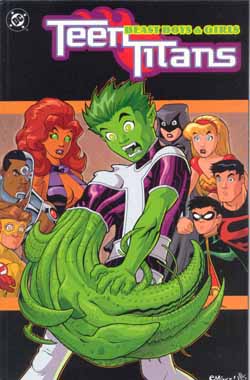

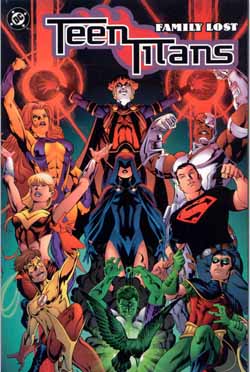 Â
 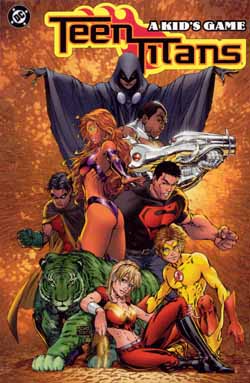 Â
  Â
 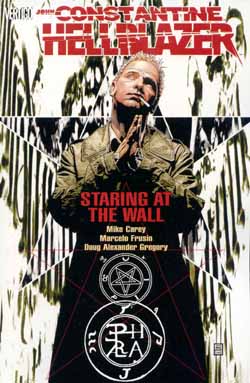 Â
 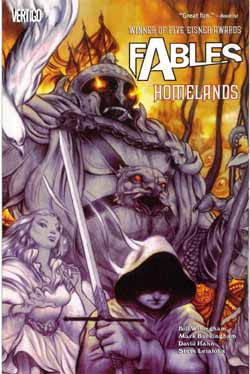
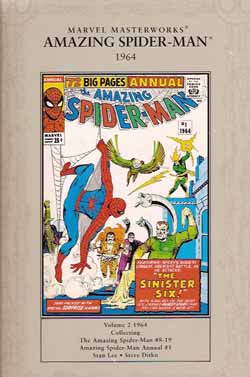
 Â
 